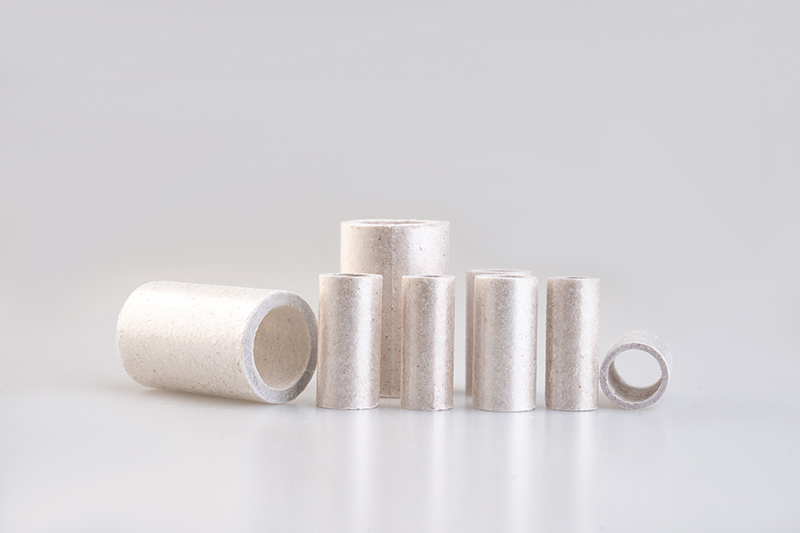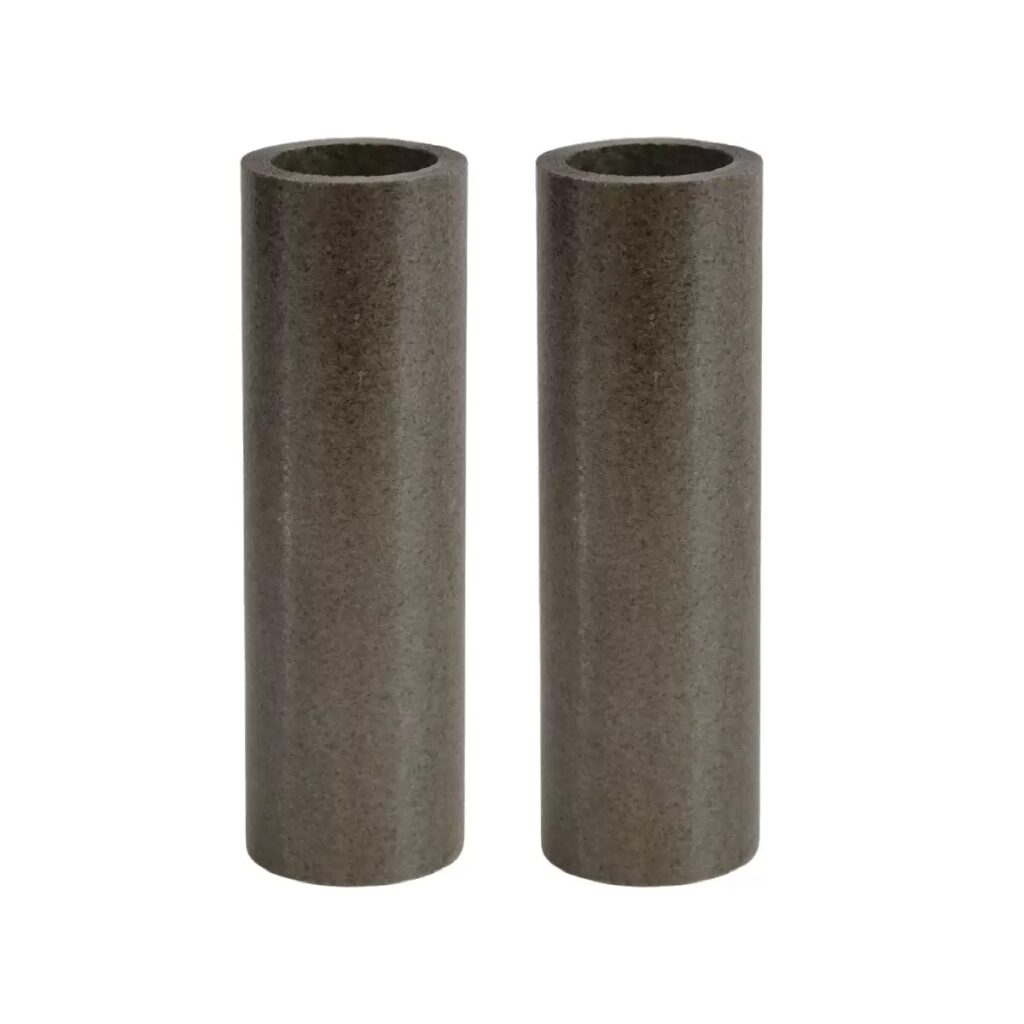Mica Tubes
What is a Mica Tube?
A mica tube is a cylindrical insulating component made from layered mica paper—typically muscovite or phlogopite—bonded with high-temperature resistant resins and wound or molded into a tubular shape. These tubes provide excellent thermal insulation, electrical resistance, and mechanical strength, making them ideal for harsh operating environments that involve high heat and electrical stress.
Mica tubes are widely used in electrical equipment, heating elements, motors, transformers, and high-temperature industrial applications.

How are Mica Tubes Made?
Mica tubes are usually manufactured through spiral winding or molding processes using layers of resin-impregnated mica paper. The layered structure provides dimensional stability and high insulation performance under thermal and electrical stress.
Manufacturing Process::
Mica Paper Preparation
Natural mica is ground into flakes and made into thin, flexible paper sheets.
Resin Impregnation
Mica paper is impregnated with high-temperature binders like silicone or epoxy resin.
Winding or Molding
The mica paper is spirally wound or compression molded into tubes over mandrels to achieve the desired diameter and wall thickness.
Hot Pressing and Curing
Tubes are cured under heat and pressure to solidify the structure.
Finishing
The ends are trimmed, and the tubes are machined to required dimensions. Surface treatments or coatings may be applied upon request.



Types of Mica Tubes
Muscovite Mica Tubes

Higher dielectric strength
Better chemical resistance
Stable up to 300–500°C
Transparent to silver-gray in color
Phlogopite Mica Tubes

Working temperature 700℃,peaks of 1000°C
Ideal for thermal shock applications
Brown or golden in color
Used in metallurgy and furnace insulation
Key Properties
Thermal Resistance: Withstands continuous temperatures of up to 1000°C (phlogopite)
Electrical Insulation: Dielectric strength of 15–20 kV/mm
Non-flammable: Rated Class A for fire safety
Chemical Stability: Resistant to acids, alkalis, oils, and solvents
Mechanical Strength: High rigidity and impact resistance
Machinable: Ends and diameters can be lathed, drilled, or sanded

Applications of Mica Tubes
Mica tubes are trusted components across power electronics, heat-intensive systems, and rotating electrical machines, including:
Electrical Equipment
Insulating sleeves for transformer windings
Internal insulation for motors and generators
Terminal bushings in high-voltage systems
Heating Elements
Housing for ceramic or resistance heating wires
Electric furnaces and coil insulation
Supporting structure for heating rods or tubes
Industrial Applications
Thermal barriers in metallurgy and foundries
Arc shielding in welding equipment
High-voltage cable insulation
Aerospace & Automotive
Fire-resistant tubes in electric propulsion systems
Insulation in battery modules and control units
Customization Options
Mica tubes can be tailored to meet diverse industrial specifications:
Inner Diameter: From a few millimeters up to 150mm or more
Wall Thickness: Typically 1mm to 10mm (customizable)
Length: From 10mm short tubes to over 1 meter
Machining: Drilled holes, grooves, or slots on the wall
Surface Coating: With ceramic, PTFE, or heat-reflective layers
Adhesive Lining: Heat-resistant or pressure-sensitive adhesives inside or outside the tube
Why Choose Mica Tubes?
High reliability in extreme environments
Durable against both thermal aging and electrical overload
Free from asbestos and environmentally safe
Long service life even under repetitive thermal cycling
Excellent dimensional stability under heat and stress
Mica tubes are a proven solution for thermal and electrical insulation in cylindrical form. With high performance in demanding industrial conditions, these tubes play a vital role in ensuring the safety, efficiency, and reliability of electrical and thermal systems.
Whether used in a transformer winding, a heater assembly, or a furnace coil, mica tubes are the go-to choice for engineers needing heat and dielectric endurance with structural integrity.